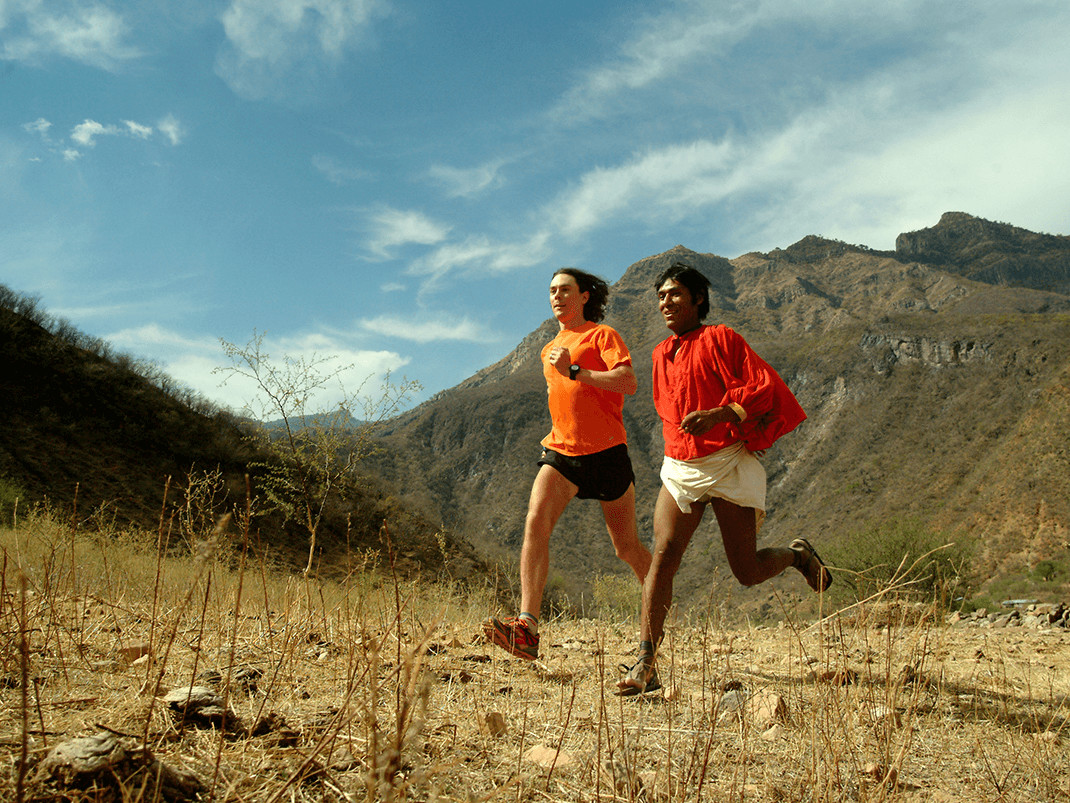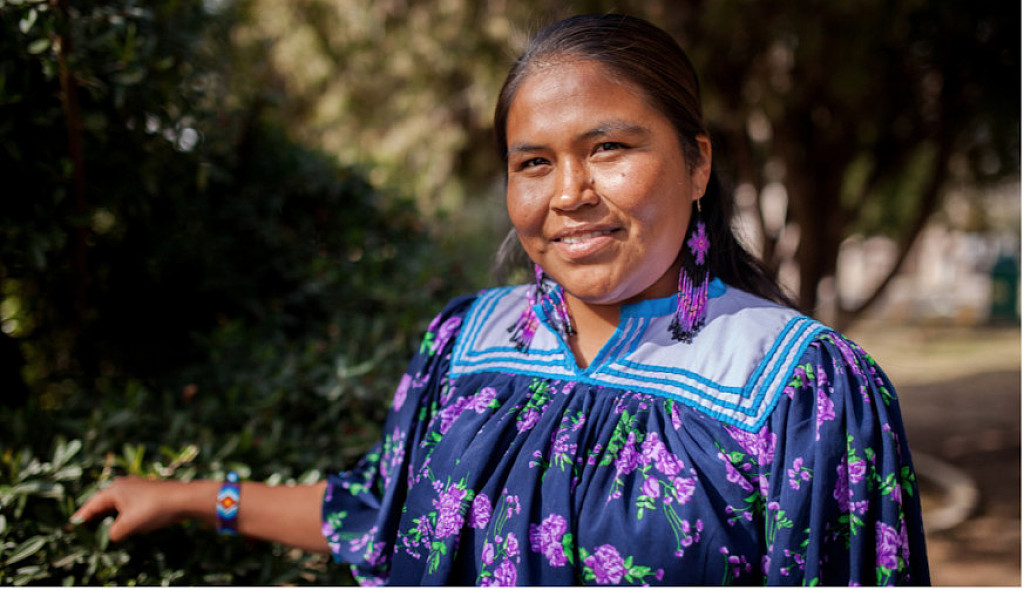Running News Daily
Running News Daily is edited by Bob Anderson. Send your news items to bob@mybestruns.com Advertising opportunities available. Train the Kenyan Way at KATA Kenya and Portugal owned and operated by Bob Anderson. Be sure to catch our movie A Long Run the movie KATA Running Camps and KATA Potato Farms - 31 now open in Kenya! https://kata.ke/
Index to Daily Posts · Sign Up For Updates · Run The World Feed
New 30 for 30 Film Reveals Truths About the Tarahumara
If you're new to running and have been inundated with information about new, fancy shoes with thick, bouncy soles, it will come as somewhat of a surprise that just 11 years ago, many American runners were part of a minimalist running movement, spurred by the book Born to Run. Back then, it was all the rage to wear as little on our feet as possible.
The book by Christopher McDougall was about the Tarahumara people living in Mexico's Copper Canyon, who run hundreds of miles at a time, either barefoot or wearing sandals with old, recycled tires serving as tread. They rarely get injured and they can run forever, or so it seems. The premise of the book was that their durability was due to the biomechanics they honed by not wearing running shoes. And as the book gained in popularity, the industry pounced on the opportunity to sell something new.

But during a pivotal moment in a new ESPN 30 for 30 documentary, The Infinite Race, which debuts at 8 p.m. Eastern on Tuesday, December 15, Silvino Cubesare, a Tarahumara ultrarunner and farmer, watches footage of McDougall running barefoot in Central Park. Cubesare shakes his head and says, "I don't know what they are thinking. Why do they want to run barefoot? I think they are crazy."
If runners can afford shoes, why wouldn't they use them?
The Infinite Race seeks to expose another side of the story, beginning with the fact that the Tarahumara name came from the Conquistadors. The Indigenous people call themselves the Raramuri. The audience is introduced to Irma Chavez, a Raramuri activist who adds context to the reasons why running is part of their culture-a tradition that, unsurprisingly, does not stem from lack of running shoes or organized ultramarathons like the local Ultra Maraton Caballo Blanco (more on that later), but is in fact rooted in survival and spirituality.
In the documentary, Chavez explains the "races" that the Raramuri historically participate in. The men run rarajipari, kicking a ball and chasing it together over long distances. The women pass a hoop with sticks that they carry on the run; this version is called ariweta. What the minimalist running shoe craze mostly missed in 2009 was that the Tarahumara were also running from organized crime groups that were taking over land to plant marijuana and poppy. The Raramuri people have been recruited by cartels to run the drugs across the U.S. border.
"Many families were forced out of their communities because of violence," Chavez says. "Unfortunately, you have to run away before they kill you."
The film intertwines the story behind the Ultra Maraton Caballo Blanco, a local race that was founded in 2003 by American ultrarunner Micah True, who played a central role in the Born to Run book, too. His intention was to help the Tarahumara people preserve their running heritage while also aiding a region experiencing hunger and a lack of clear water. True, who died of a heart attack in 2012, gave away cash prizes as well as corn, and the race started attracting more Americans to the area. But in 2015, gang violence threatened the safety of the event, and the American organizers called off the official race just hours before it was set to begin.
The local runners, however, raced anyway-they needed the corn vouchers to feed their families. The film covers how the events of that year unfolded from the perspective of Cecilia Villalobo, who was the director of tourism in Urique (where the race is held) at that time, and from the viewpoint of Josue Stephens, the former U.S. race director. Unsurprisingly, they viewed the circumstances-and the way they were handled-differently.
"The Infinite Race is about how outsiders, many well-intentioned, impact a community in unexpected ways," says Bernardo Ruiz, who directed the documentary. "It is also about the starkly different ways people can view events based on the economic, political, and cultural realities they inhabit."
The Infinite Race is an important story, especially for those who bought into the Born to Run frenzy and added the Caballo Blanco race to their bucket lists. It's through the voice of Chavez that we see why running has always been so critical to the Indigenous people there-a critical perspective for runners in understanding the impact they can have on the communities and cultures where they race and the narratives they choose to hear about them.
"What interests me is that space where white American athletes and Raramuri athletes negotiate power," Ruiz says. "And I am most interested in the perspective of people like Irma Chavez, who views an ultramarathon like a short spring, when you consider the long arc of history."
by Trail Runner Magazine
Login to leave a comment




